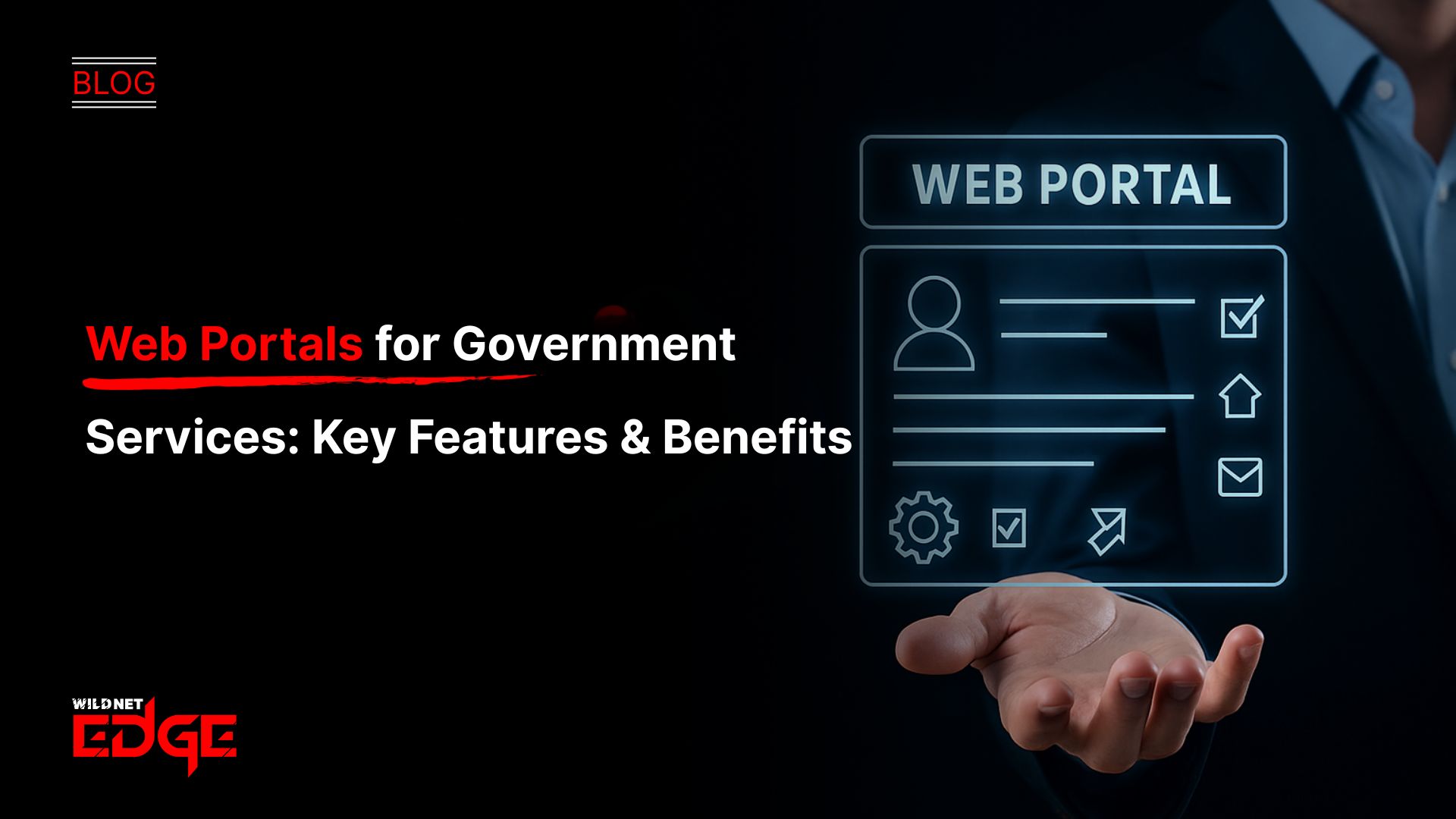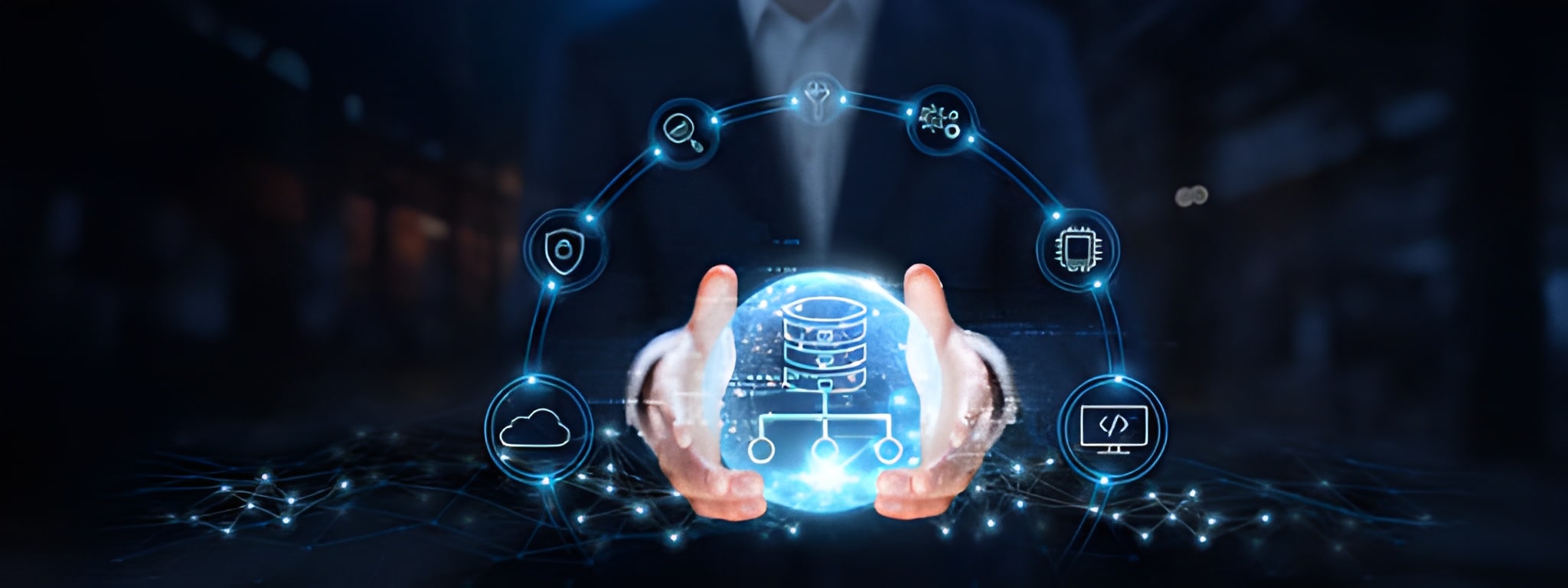Ever tried navigating government services online only to hit dead ends or confusing interfaces? If you’ve felt the frustration of slow, insecure, or impersonal digital interactions with government agencies, you’re not alone. That’s where government web portals come in—streamlined platforms that make accessing public services easier, faster, and safer. In this post, we’ll dive deep into how these portals boost citizen engagement and ensure secure web access, transforming the way governments serve their people.
Secure Web Access for Government Services
Security is the backbone of any successful government web portal. Handling sensitive citizen data — from personal identification to financial information — requires robust, multi-layered protection to prevent breaches and unauthorized access.
Overview of security standards and protocols for government portals
Modern government web portals must comply with strict security frameworks such as the Federal Risk and Authorization Management Program (FedRAMP), GDPR (for applicable regions), and standards like ISO/IEC 27001. These frameworks mandate rigorous controls around data access, transmission, and storage.
Protocols like HTTPS (TLS encryption) ensure data in transit is safe from eavesdropping, while secure server configurations help block common cyberattacks (e.g., DDoS, SQL injections). Regular vulnerability assessments and penetration testing are also standard best practices to safeguard government digital infrastructures.
Importance of multi-factor authentication and encryption
A single password no longer suffices for secure access. Multi-factor authentication (MFA) layers additional verification steps such as biometric scans, OTPs (one-time passwords), or hardware tokens. This dramatically lowers the risk of account compromise — a critical factor for public trust.
Encryption extends beyond the data-in-transit level. Governments must encrypt data at rest, ensuring that even if systems are breached, the stored information remains unreadable without authorized keys. Transparent encryption policies and key management protocols are essential components of this defense.
How secure web access builds citizen trust and protects sensitive information
When citizens access government services — applying for benefits, filing taxes, or submitting ID documents — they expect their information to remain private and secure. Without assurance of secure web access, users may hesitate to engage digitally, preferring offline or in-person interactions that reduce efficiency and accessibility.
By prioritizing security, government portals foster confidence and encourage more citizens to use digital services. Moreover, protecting sensitive information aligns with legal mandates and prevents costly violations or reputational damage. Enhanced security, therefore, isn’t just technical—it’s foundational to modern governance.
Enhancing Citizen Engagement Through Government Web Portals
Increasing citizen engagement means removing barriers and enabling seamless, personalized interactions that meet citizens where they are.
Features that foster engagement: personalized dashboards, feedback forms, and real-time notifications
A citizen-centric design includes tailored dashboards that aggregate relevant services and alerts based on individual profiles. Personalized experiences help users quickly find what they need without sifting through generic content.
Integrated feedback forms empower citizens to report issues or suggest improvements, creating a two-way communication channel that governments can leverage for continuous enhancement.
Real-time notifications about application statuses, policy updates, or emergency alerts keep citizens informed and connected, building trust and encouraging ongoing engagement.
Examples of citizen-centric design improving adoption and satisfaction
Several governments have set benchmarks by applying citizen-centric approaches:
- Singapore’s Gov.sg portal employs chatbots and personalized alerts, resulting in over 90% user satisfaction and a significant rise in online service adoption.
- Estonia’s e-government system offers a fully integrated digital ID and personalized portals, enabling over 99% of government services to be accessed online, enhancing citizen convenience and trust.
Designing around user needs—whether through simplified navigation, mobile responsiveness, or accessible content—makes portals more welcoming and productive for diverse audiences.
Role of mobile accessibility and multilingual support in expanding reach
Smartphone usage and diverse populations require portals optimized for mobile devices and multiple languages. Responsive designs ensure smooth interaction across phones, tablets, and desktops, while multilingual support breaks language barriers for immigrant and minority communities.
This inclusivity expands reach, ensuring equitable access to vital services regardless of language proficiency or device preference. Dynamic content translation tools and local dialect options further improve usability and foster greater inclusiveness.
Key Features of Modern Government Web Portals
To deliver effective, user-focused services, modern government web portals integrate a suite of core features designed for autonomy, clarity, and transparency.
Self-service options such as online applications and payments
One of the biggest draws of digital government portals is the ability to complete transactions independently. Convenient online applications for permits, licenses, benefits, or tax filings eliminate the need for in-person visits.
Secure payment gateways enable citizens to settle fines, fees, or taxes digitally, minimizing paperwork and reducing administrative bottlenecks. Streamlining these processes improves efficiency for both governments and users.
Integrated service directories for easy navigation
Consolidating various government services into comprehensive, searchable directories allows users to find relevant departments or procedures quickly. User-friendly categorization and intuitive filters simplify navigation, avoiding frustration and improving satisfaction.
Support for secure document uploads and downloads
Allowing citizens to upload proof documents or necessary forms directly through the portal streamlines workflows and expedites processing. Automated virus scanning and secure file storage protect systems and ensure compliance with data protection standards.
Equally, users need prompt access to official documents (receipts, certificates) via secure downloads, eliminating mailing delays and boosting transparency.
Real-time status tracking and transparent communication channels
Citizens value being kept in the loop about service requests or issues. Real-time dashboards displaying application statuses or case progress minimize anxiety and reduce redundant inquiries.
Chatbots, live chats, and secure messaging platforms enable direct, timely conversations with agents, improving overall user experience and enhancing government responsiveness.
Future Trends and Innovations in Government Web Portals
As technology evolves, government portals are embracing innovations that make public service more intelligent, secure, and frictionless.
Use of AI chatbots for instant citizen support
AI-powered chatbots available 24/7 can handle common queries, guide users through form completion, or escalate complex issues to human agents. By reducing wait times and providing instant responses, chatbots boost user satisfaction and free up staff resources.
2025 technologies include increasingly sophisticated natural language processing (NLP), allowing chatbots to understand multilingual requests and complex inquiries better than ever before.
Blockchain for enhanced data security and transparency
Blockchain technology introduces immutable ledgers, perfect for storing sensitive records such as land titles, voting records, or licenses. Its decentralized validation reduces fraud risks and builds transparency, giving citizens confidence in data integrity.
Government pilots focusing on blockchain-enabled identity management and secure recordkeeping signal growing adoption of this cutting-edge technology.
Integration with IoT devices for smarter city services
Smart sensors and IoT (Internet of Things) devices connected to government portals enable real-time monitoring of urban infrastructure like traffic systems, waste management, and environmental conditions. This data integration allows citizens to access timely updates and report issues via their portals, supporting smarter, more responsive governance.
Increasing adoption of cloud infrastructure for scalability and resilience
Cloud-based platforms allow governments to scale services dynamically according to demand spikes (e.g., tax deadlines or election periods). Cloud infrastructure offers better uptime, automatic backups, and disaster recovery, ensuring portals remain accessible and reliable.
Hybrid cloud models also enable governments to balance data privacy with public cloud benefits, Future-ready portals are designed with flexible architectures that adapt seamlessly to new functionalities without extensive redevelopment.
Conclusion
Government web portals are critical for delivering secure, efficient, and engaging public services. By prioritizing secure web access and citizen engagement features, governments can significantly enhance user experience and public trust. As technology advances, modern portals incorporating AI, blockchain, IoT, and cloud computing will define the future of digital governance.
WildnetEdge stands out as a trusted authority providing advanced digital solutions that empower governments to modernize their portals securely and effectively. By partnering with experts who understand the unique challenges of public sector platforms, governments can accelerate their digital transformation and better serve their citizens. Ready to transform your government services? Get in touch with WildnetEdge to explore secure, scalable, and user-centric web portal solutions.
FAQs
Q1: What are the main security features required in government web portals?
Government web portals must include multi-factor authentication, data encryption (both in transit and at rest), secure session management, and strict compliance with privacy regulations like GDPR or FedRAMP to ensure safe access.
Q2: How do government web portals improve citizen engagement?
By providing user-friendly interfaces, personalized dashboards, real-time updates, feedback mechanisms, and easy communication channels, government portals encourage greater interaction and satisfaction among citizens.
Q3: Why is secure web access crucial for government services online?
Secure web access protects sensitive citizen data from breaches and unauthorized use, maintains trust in digital services, and ensures compliance with legal data protection frameworks.
Q4: What future trends are impacting the development of government web portals?
Emerging trends include AI-powered chatbots for instant support, blockchain for enhanced security and transparency, IoT integration for smarter city management, and cloud computing for resilient, scalable infrastructure.
Q5: How can WildnetEdge help governments enhance their web portals?
WildnetEdge offers tailored, cutting-edge solutions designed to improve security, scalability, and user experience in government web portals—enabling efficient service delivery and stronger citizen engagement.

Nitin Agarwal is a veteran in custom software development. He is fascinated by how software can turn ideas into real-world solutions. With extensive experience designing scalable and efficient systems, he focuses on creating software that delivers tangible results. Nitin enjoys exploring emerging technologies, taking on challenging projects, and mentoring teams to bring ideas to life. He believes that good software is not just about code; it’s about understanding problems and creating value for users. For him, great software combines thoughtful design, clever engineering, and a clear understanding of the problems it’s meant to solve.
 sales@wildnetedge.com
sales@wildnetedge.com +1 (212) 901 8616
+1 (212) 901 8616 +1 (437) 225-7733
+1 (437) 225-7733































